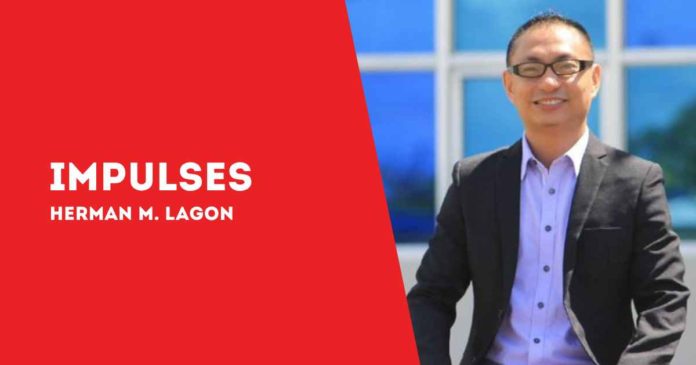
EDUCATION has always been a source of advancement and hope. When the K–12 curriculum was introduced in 2012, the country made a significant move to redefine the nature of education. This change aimed to enhance the educational experience by making it more thorough, useful, and sensitive to the needs of the global arena rather than merely adding years. Like other reforms, though, it provoked discussion, with some advocating a return to the K–10 system. But let us go deeper, behind the obvious rumblings, to see why completing grades K–12 is not just prudent, but essential for the future of our nation.
The K–12 curriculum is fundamentally about potential and readiness. Ideally, we want to provide our children a toolkit full of knowledge, abilities, and attitudes that are critical in today’s environment. This is about internationally-embraced holistic growth, where each learner is valued for who they are and supported to become their best self—not simply academic learning.
K–12 is notable for emphasizing innovation in the classroom. It is like providing our teachers with a fresh canvas and a bright palette so they can create learning experiences that speak to each and every student. This creative flexibility is essential. It encourages creativity, accommodates a variety of learning styles, and maintains education’s relevance and interest. Our teaching strategies must adapt to the ever-changing world we live in in order to adequately prepare pupils for life beyond merely their upcoming tests.
Senior high school, on the other hand, is a bridge rather than merely an extension. a link between the world of textbooks and the realities of higher education and the workforce for pupils. They can investigate courses and sub-courses that align with their goals and interests, whether they be in th academia, sports, the arts, or tech-voc. It is during this critical stage that potentials are developed, dreams are fostered, and futures are constructed.
On the other hand, some argue that K–12 is an unneeded burden that puts a strain on students and their families. However, this is only a small portion of the bigger picture. In actuality, the program offers doors to improved prospects, increased education, and increased employment. It is not a burden; rather, it is an investment in the future and a stepping stone to unthinkable heights.
But in order for K–12 education to really thrive, we must support our teachers — the backbone of the system. This entails lessening the amount of labor they do outside of the classroom, introducing technology, upgrading the facilities, and — most importantly — making sure they are fairly compensated. Contented educators produce quality instruction, and quality instruction impacts the future.
False information can easily influence someone in this day and age of information overload. Consider, for example, the allegations that K–12 will be abandoned in favor of K–10 once more. These are not only untrue, but also deceptive, giving the wrong impression of level of vitality of the K–12 program. In actuality, K–12 education is mandated by law to continue, changing, adjusting, and adapting, but never losing sight of its primary objective — improving the educational experience of Filipino adolescents. The goal of K–12 is to get pupils ready for the global stage. They will have a strong enough foundation to be competitive, regardless of whether they decide to seek more education, enter the workforce, or start their own businesses.
The cry to go back to K–10 ignores the significance and accomplishments of K–12. Reversing course would be an unjustified, indolent, and ignorant decision that would be a setback from the gains we have achieved. Education must advance rather than regress, changing to meet the demands of the modern world and the goals of our children.
However, we acknowledge that the K–12 journey is far from finished. Although it is not flawless, it is a route of constant development where suggestions are appreciated, difficulties are faced head-on, and accomplishments are built upon. The priorities still need to be on raising educational standards, guaranteeing diversity, and getting our kids ready for opportunities in the future as well as jobs now.
***
Doc H fondly describes himself as a ‘student of and for life’ who, like many others, aspires to a life-giving and why-driven world that is grounded in social justice and the pursuit of happiness. His views herewith do not necessarily reflect those of the institutions he is employed or connected with./PN



